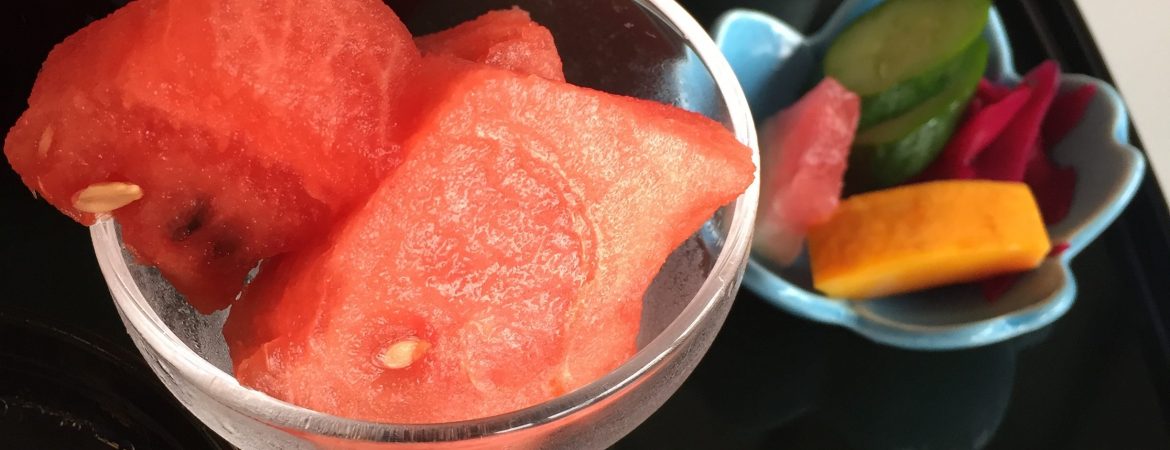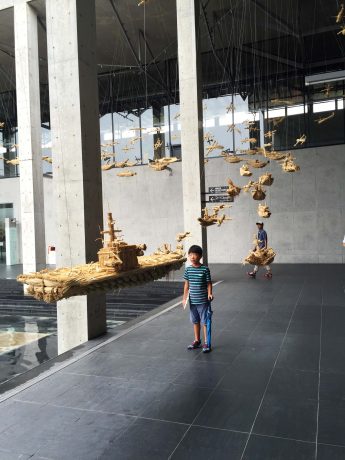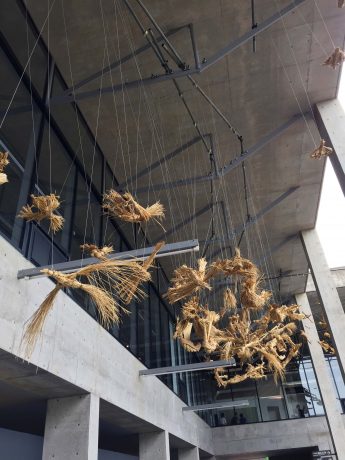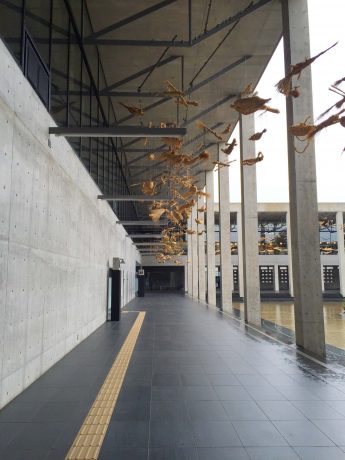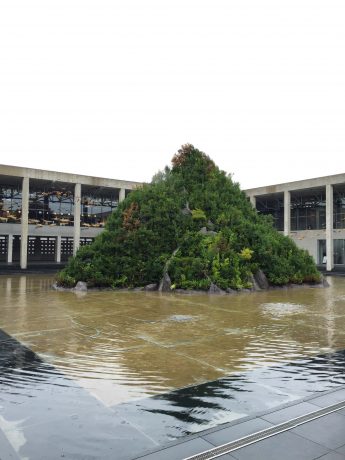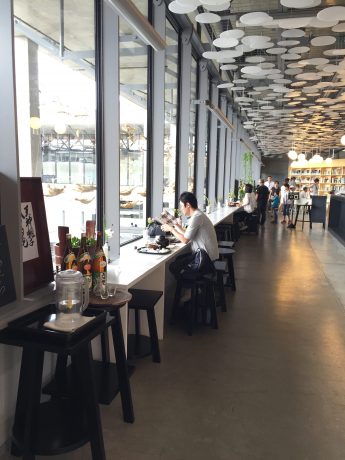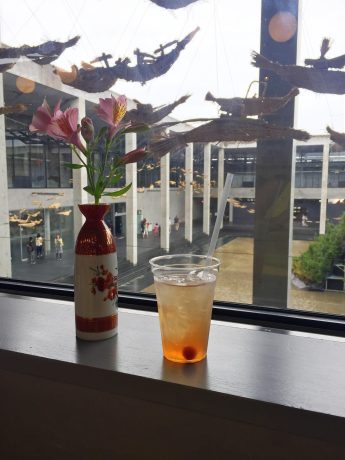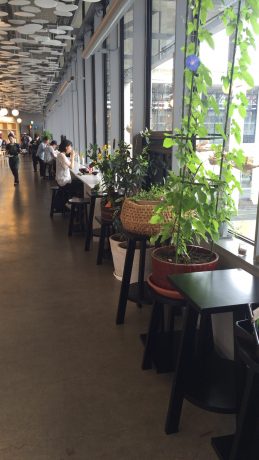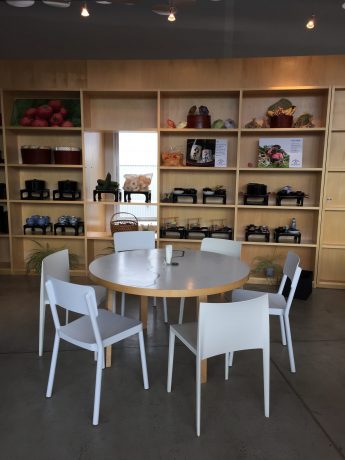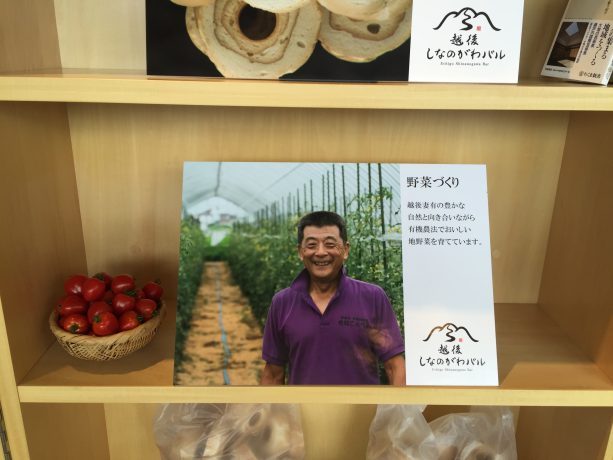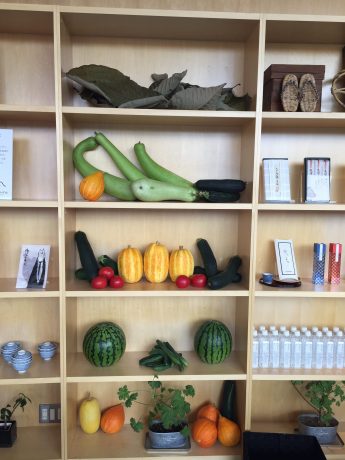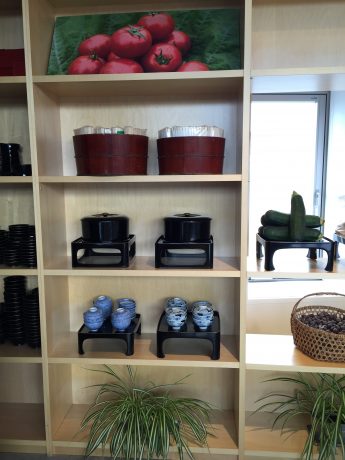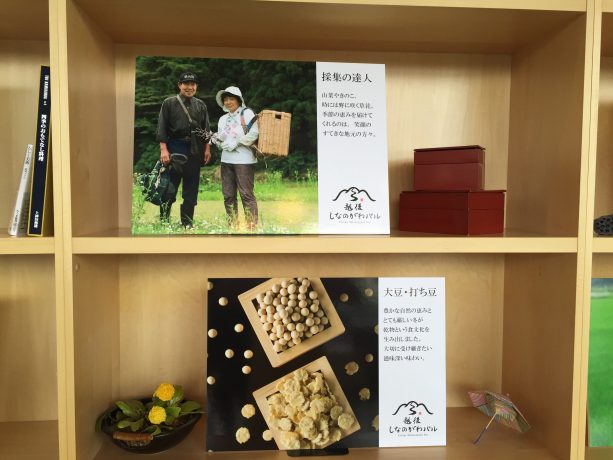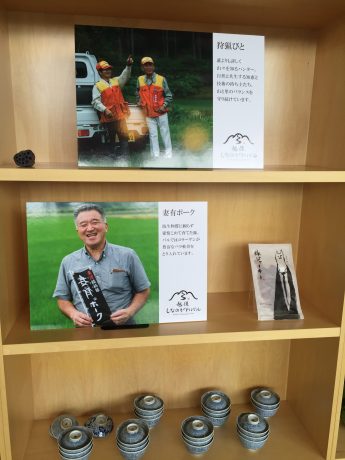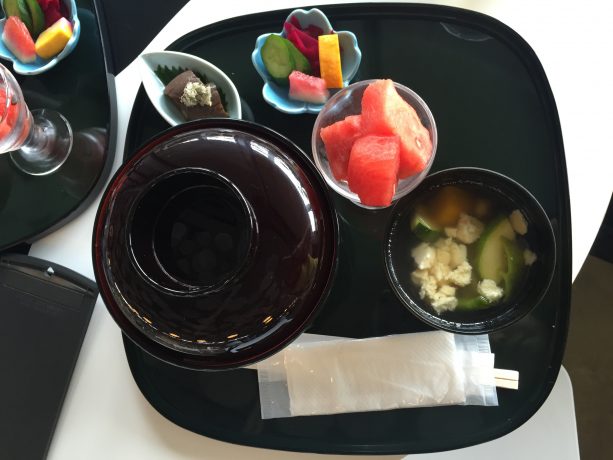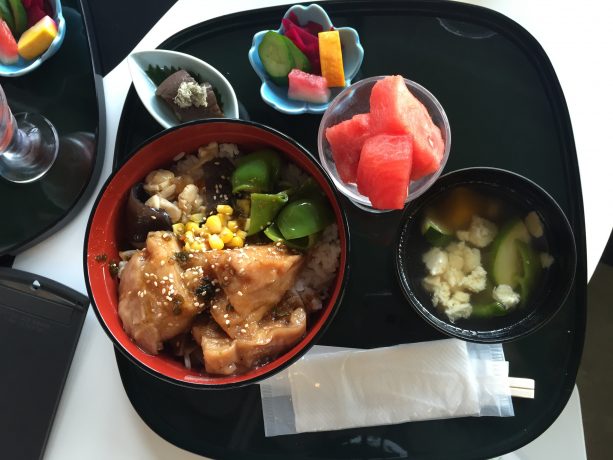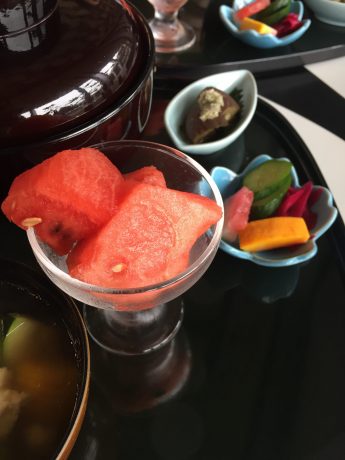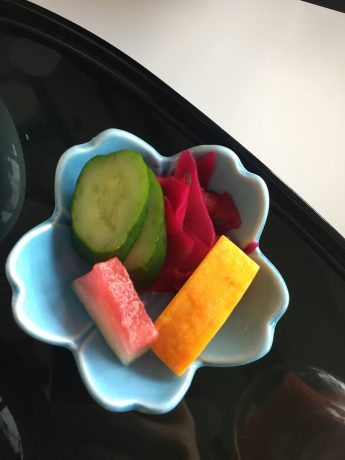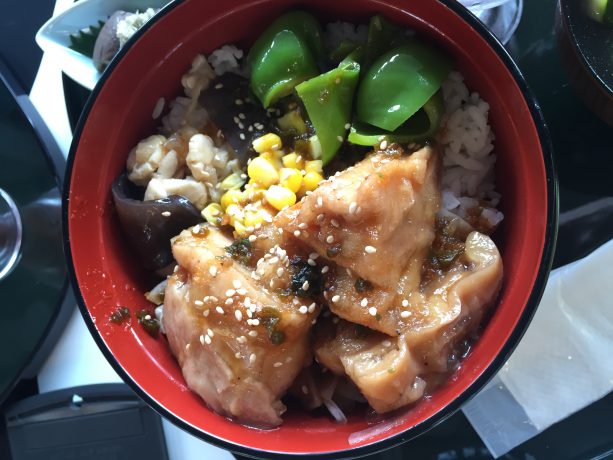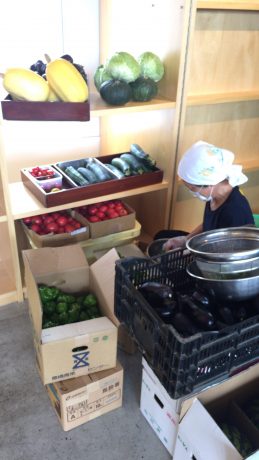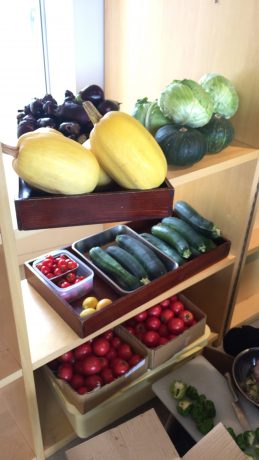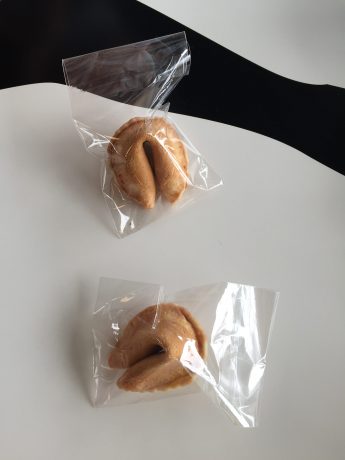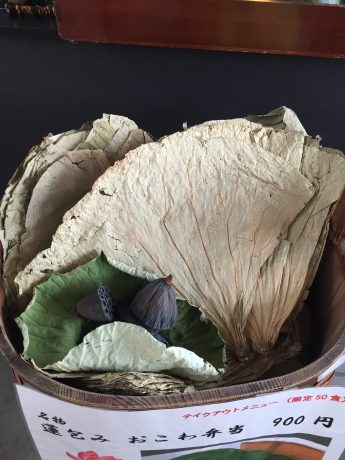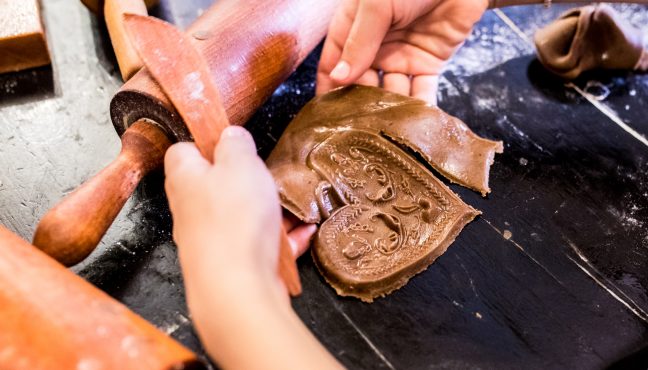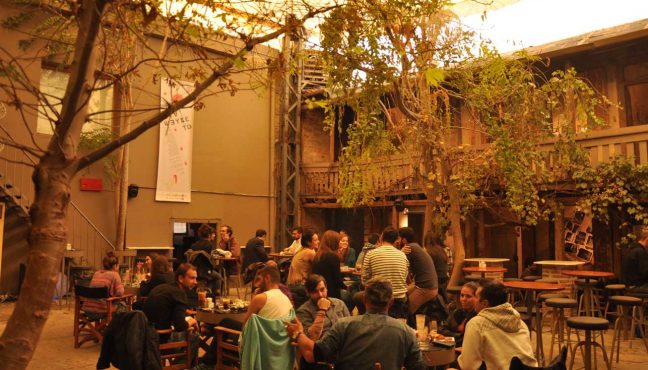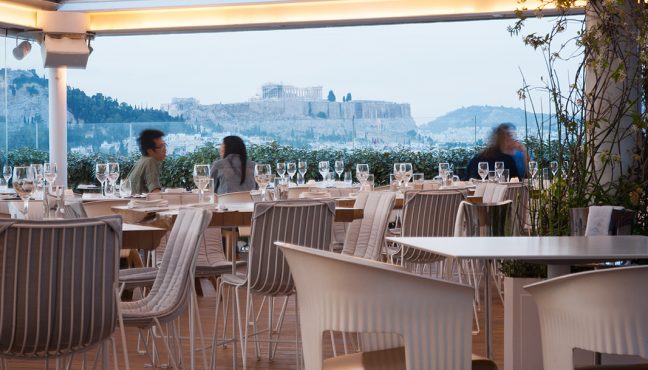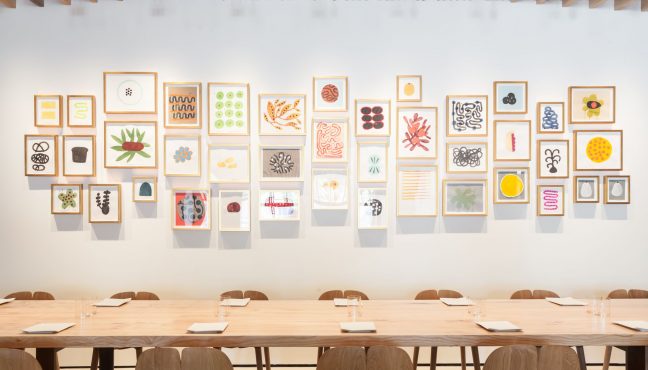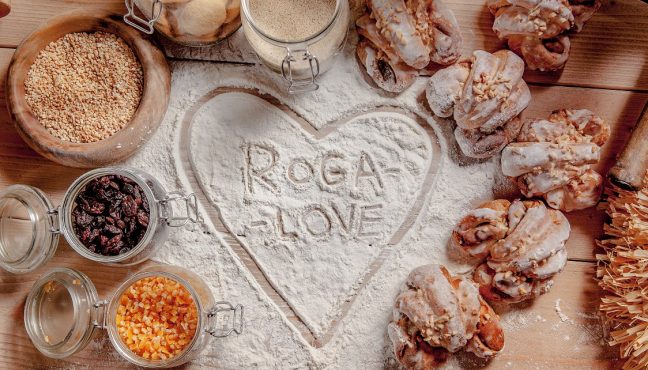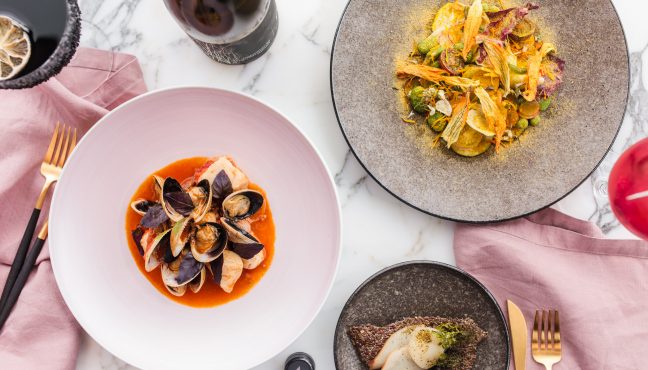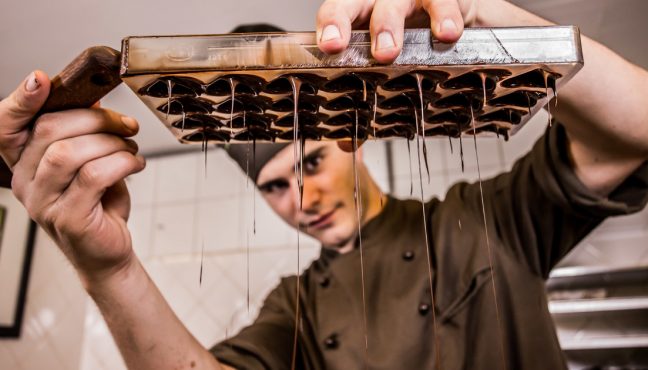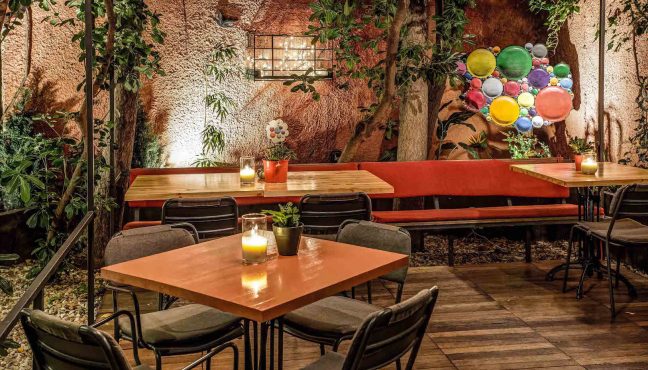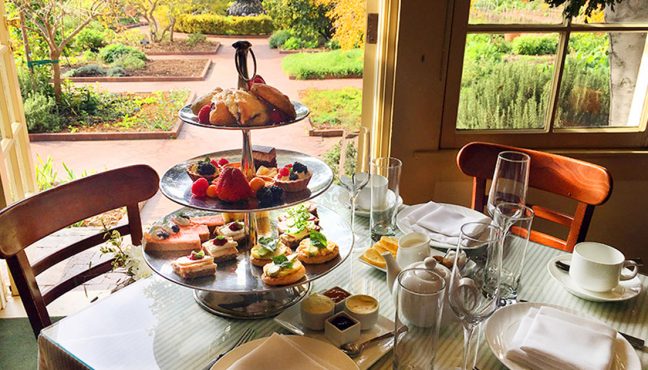Last autumn we had a chance to visit a unique art triennale in the rural Echigo Tsumari region of Japan. The region is situated in the northern part of the country close to the ski paradise of Niigata and is famous for its picturesque rice fields. It is also known for being an example of a depopulation in Japan as young people tend to move to big cities. The project was found with an aim to reinvent the area and re-imagine its agricultural status in an art context. Over 100 permanent artworks by various artists from Japan and across the world were installed around the Echigo Tsumari region with new works being added every edition of the triennale. The art project was meant not only to attract visitors to this beautiful area of Japan but also to help sustain regional cultural traditions and create additional working places for locals.
The art you can find here responds on the local context: landscape, people, social issues, and traditions. Many artworks are placed in the picturesque valleys or rice fields or in abandoned buildings, like schools or manufactures, giving them a new purpose. The beauty of this concept lies in the idea of driving around the scattered art installations and pavilions and exploring the breathtaking nature of this part of Japan. The journey almost always begins and ends in the small city of Tokamachi, famous for its medicinal hot springs.
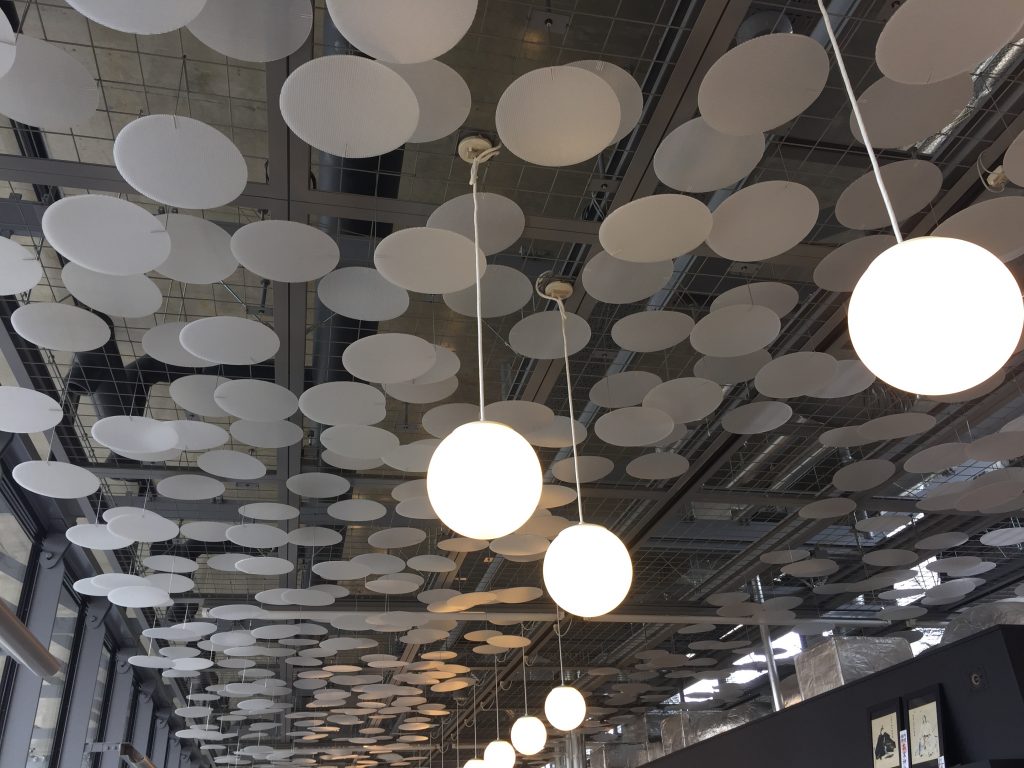
Tokamachi is home to an established museum; the Satoyama Museum of Contemporary Art, Kinare, originally opened in 2003 with a purpose of becoming the main stage and information center for the triennale. It boasts a brilliant collection of contemporary art works from around the world, a bookshop, a popular local restaurant and even a hot spring bath.
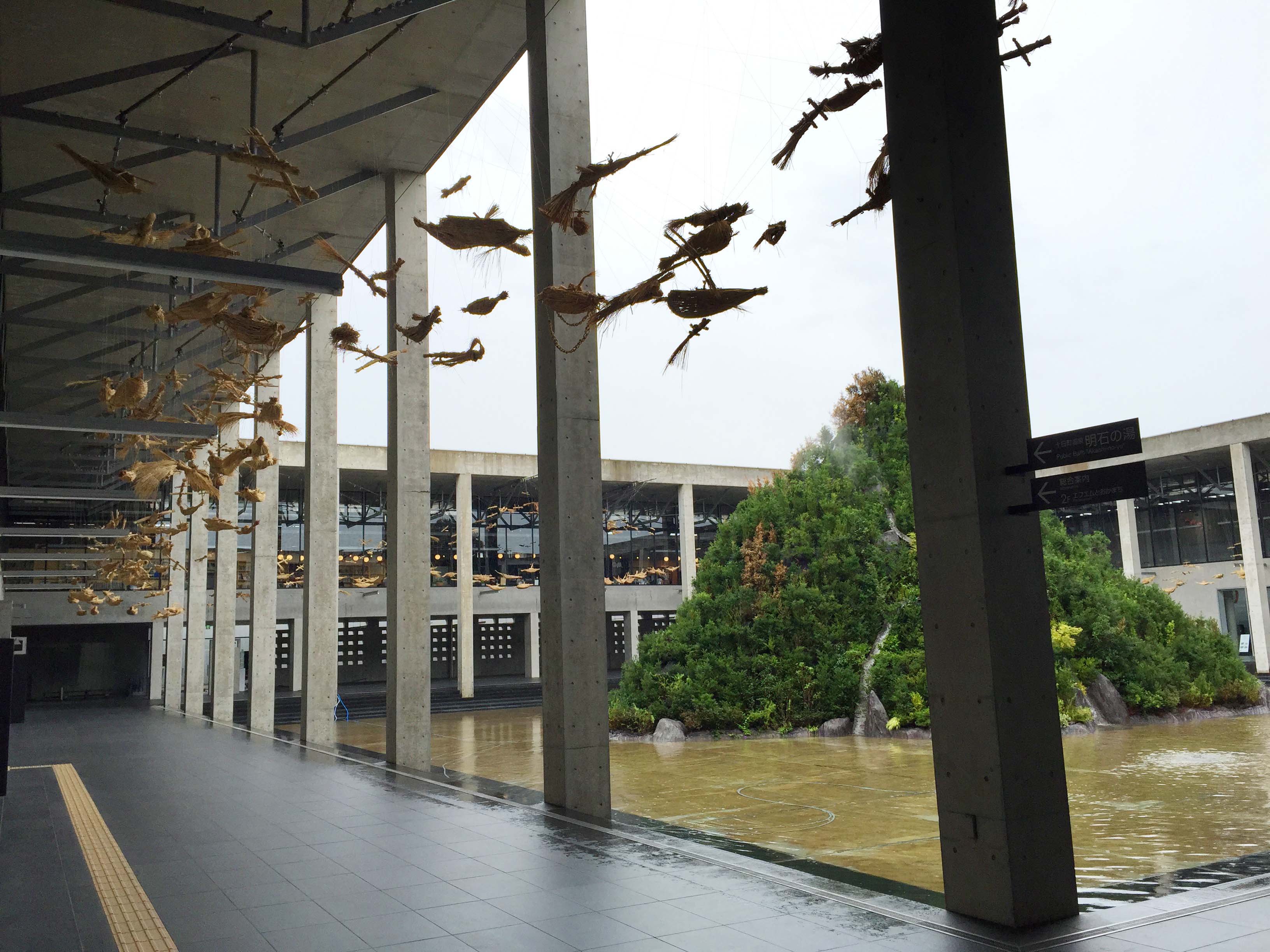
Echigo Tsumari Satoyama Museum of Contemporary Art, Kinare, is designed by a renowned Japanese architect and academic Hiroshi Hara and Atelier φ. His major works include Kyoto Station, Sapporo Dome and the famous Hara House in Tokyo. The main materials used for the museum design were chosen to be concrete and glass. The simple structure with a reference to traditional Japanese temple architecture is enfolding a courtyard pool with rooms installed inside each other. Hiroshi Hara comments on the architecture of the museum:
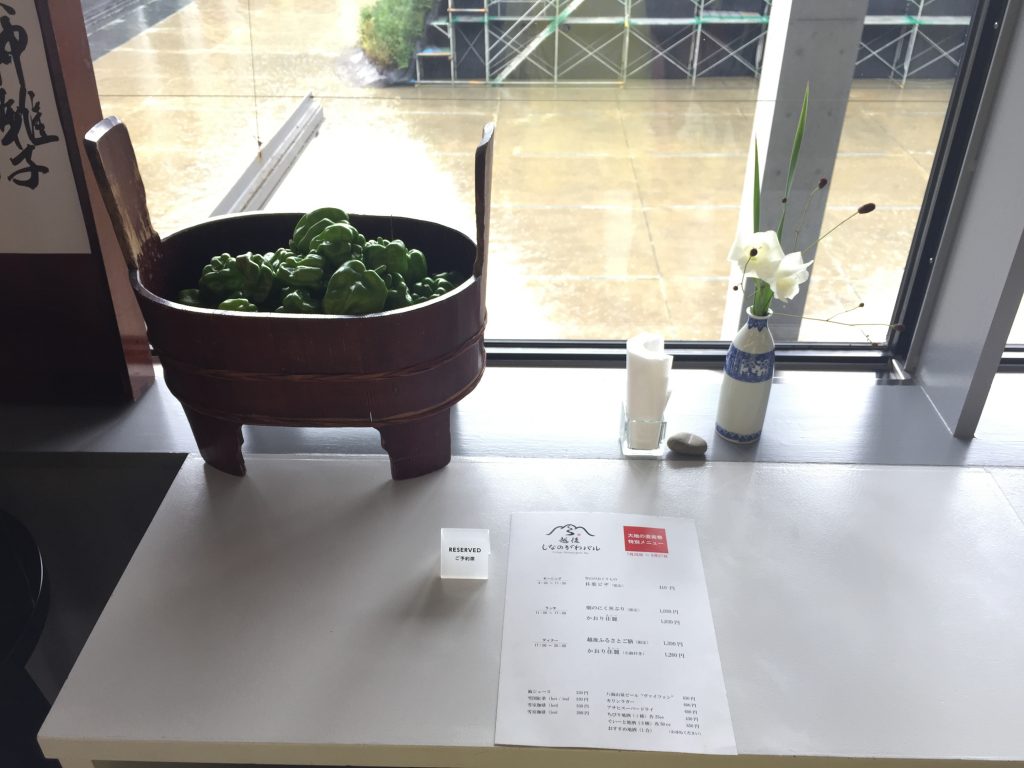
“Echigo-Tsumari is blessed with the bounties of nature, but the site for this building was the town, and special conditions applied. My aim was a building with attractive spaces and architectural characteristics able to attract visitors in their own right. Further, I believe that the structure must enfold nature, which I chose to represent with a pool. For the surrounding space, I chose a pure geometric shape, the square, more beautiful than any other form. It would function to bring new order to a jumbled and messy townspace. Exposed concrete and lavish use of glass would give a quiet appearance to the building, separating the peaceful interior from the noisy outside. Inside, rooms are nested inside each other, a traditional form in Japanese architecture, found in sacred places such as temples and shrines. The building has been renovated and re-opened as a new museum, the Echigo-Tsumari Satoyama Museum of Contemporary Art, KINARE in July 2012.”
While we were there the museum hosted a special solo exhibition by renowned Chinese artist Cai Guo-Qiang entitled “Penglai/Horai” — a reference to the ancient Chinese mythic island where immortals made their home. We loved the show and it’s interactions with museum’s architecture but we were mostly anticipating lunch at the intriguing Dining Bar Echigo Shinanogawa on the second floor of the museum with a panoramic view of the courtyard pool.
The Dining Bar is an absolute must for everyone who really wants to get immersed in the local culture as everything in this place has been produced in the area. As soon as you enter the café area you spot old ladies with home grown vegetables gently preparing them to be cooked. The menu represents traditional cooking of the region with healthy and hearty recipes served at Echigo Tsumari homes for generations. Everything on the menu is locally produced, be it vegetables or rice. The decor of the place incorporates stories of local food producers along with their happy pictures proudly posing in foraging outfits or in front of beloved rice fileds. The café has lots of bookshelves covering the entire space, as well as an art installation on the ceiling - countless circular mobiles by Massimo Bartolini and Lorenzo Bini. Hanging from the ceiling the mobiles slowly rotate, recalling the surface of the nearby Shinano river.
Everything here is about contemplation and content: food, art and people. Having a mutual aim to preserve cultural traditions of the region gave us an inspiring feeling of community and definitely left some wonderful memories of a home cooked traditional Japanese lunch with a lovely sour plum ice tea.
